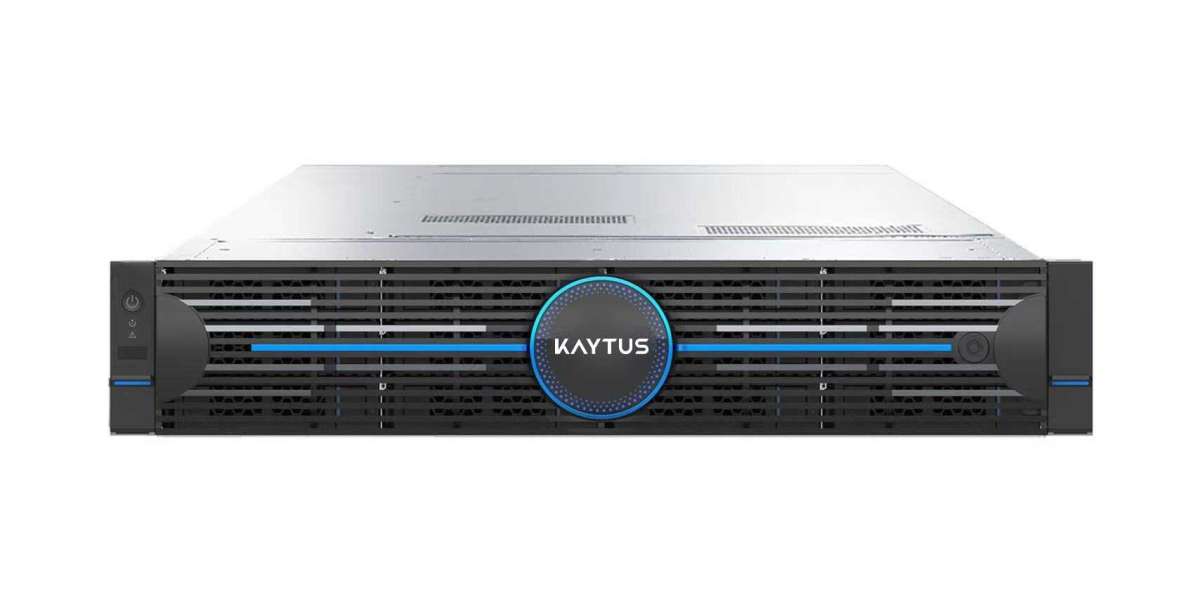Now, imagine if every single decision—to stop, to turn, to accelerate—had to be sent hundreds of miles away to a massive data center for processing, and then the instruction had to be sent back. The delay, known as latency, would be catastrophic. This is the fundamental problem that Edge Compute is designed to solve.
In the simplest terms, Edge Compute is a distributed computing paradigm that brings computation and data storage closer to the location where it is needed. Instead of relying on a centralized cloud, processing happens at the "edge" of the network—in a factory, on a cell tower, inside a smart camera, or even in the vehicle itself. This shift is not just an incremental improvement; it's a revolutionary change that is unlocking new possibilities across every industry.
The Inevitable Shift from Pure Cloud to the Edge
For over a decade, the trend has been to push everything to the cloud. The cloud is fantastic for its scalability and vast storage capabilities. It’s perfect for tasks that aren’t time-sensitive, like running analytics on last quarter's sales data or storing your photo library.
However, the explosion of Internet of Things (IoT) devices, autonomous systems, and real-time applications has exposed the cloud's limitations. Latency is the primary culprit. A round trip to the cloud and back can take 100 milliseconds or more. For many modern applications, that’s an eternity. Edge Compute slashes this latency to a few milliseconds or less by processing data locally. This means faster response times, more efficient operations, and the ability to support applications that were previously impossible.
Furthermore, Edge Compute addresses the massive issue of data bandwidth. A single autonomous vehicle can generate multiple terabytes of data per day. Transmitting all of this raw data to the cloud would be prohibitively expensive and would clog network bandwidth. By processing data locally at the edge, only the valuable, refined insights—like "an object was detected on the road"—need to be sent to the cloud, saving immense bandwidth and cost.
Real-World Applications: Where Edge Compute Shines
The practical applications of this technology are vast and growing:
Smart Factories: On a production line, a camera powered by Edge Compute can inspect thousands of products per minute for defects. It can identify a fault in real-time and instantly trigger a robotic arm to remove the defective item, all without any cloud dependency. This prevents production errors and minimizes waste.
Autonomous Vehicles: As in our initial example, self-driving cars require instantaneous processing. They use sophisticated Edge Compute systems onboard to fuse data from LiDAR, cameras, and radar to make split-second navigation and safety decisions.
Telemedicine and Remote Surgery: A surgeon performing a remote procedure cannot afford any lag. Edge Compute nodes located near the hospital can process high-definition video and haptic feedback data, ensuring the surgeon's movements are executed with near-zero latency, making remote operations a safe reality.
Smart Cities: Traffic management systems can use edge processing at intersections to analyze traffic flow in real-time and optimize signal patterns to reduce congestion, rather than sending all the video feed to a central server.
Retail: Smart stores can use edge servers to track inventory, analyze customer behavior, and enable cashier-less checkout experiences by processing data from in-store sensors instantly.
The Future is a Hybrid Ecosystem
It’s crucial to understand that Edge Compute does not mean the end of the cloud. Instead, we are moving towards a powerful hybrid model. The edge handles the immediate, time-sensitive, and high-volume data processing. The cloud remains the "brain" for longer-term storage, complex analytics across multiple edge sites, and managing the overall fleet of edge devices.
In this symbiotic relationship, the cloud trains the AI models, which are then deployed to run on edge devices. The edge devices, in turn, can send valuable aggregated data back to the cloud to help refine and retrain those very models. This creates a continuous cycle of improvement.
In conclusion, the rise of Edge Compute marks a fundamental maturation of our digital infrastructure. It is the necessary evolution to support the next wave of technological innovation that demands speed, efficiency, and intelligence at the source. As our world becomes more connected and automated, the ability to process information right where it is generated will not just be an advantage—it will be the default. The future of computing isn't just in the cloud; it's everywhere, and it's happening at the edge.
Search
Popular Posts
-
 Exploring Online Sports Betting and How the Sureman Scam Verification Platform Can Protect You
Exploring Online Sports Betting and How the Sureman Scam Verification Platform Can Protect You
-
 Enrol in Best Animation and Multimedia Courses at IDEAMAX Institute
Enrol in Best Animation and Multimedia Courses at IDEAMAX Institute
-
 Vibely Mascara Takes Sephora By Storm: A Lash Change?
Vibely Mascara Takes Sephora By Storm: A Lash Change?
-
 Електрорадіатори – сучасне опалення для комфортного життя
Електрорадіатори – сучасне опалення для комфортного життя
-
 Betting Battles: Islamic Police Crackdown Escalate as Innovation Company Challenges Nigeria's Betting Giants
Betting Battles: Islamic Police Crackdown Escalate as Innovation Company Challenges Nigeria's Betting Giants
Categories
- Real Estate
- Entrepreneur
- Economics and Trade
- Sales & Marketing
- Crypto
- Personal Finance
- Financial Independence
- Business
- Technology Products
- Other Business Products
- News and Politics
- People and Nations
- Pets and Animals
- Places and Regions
- Science and Technology
- 3D DIGITAL TWINS
- ARTIFICIAL INTELLIGENCE
- Other



